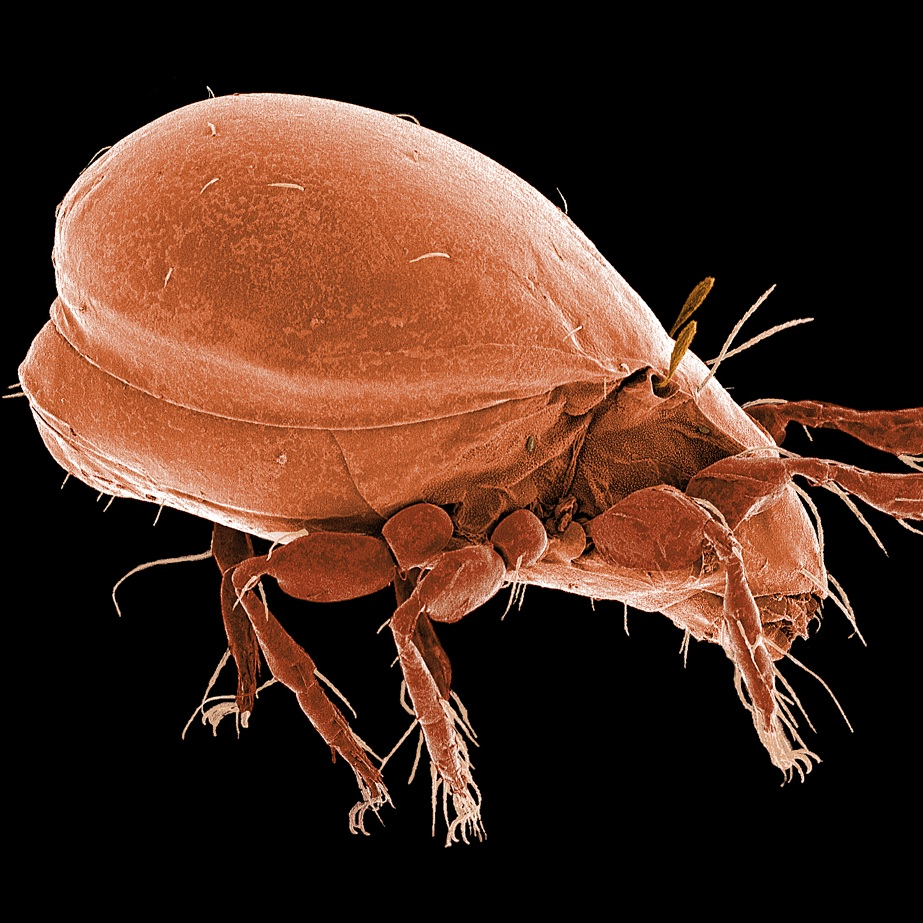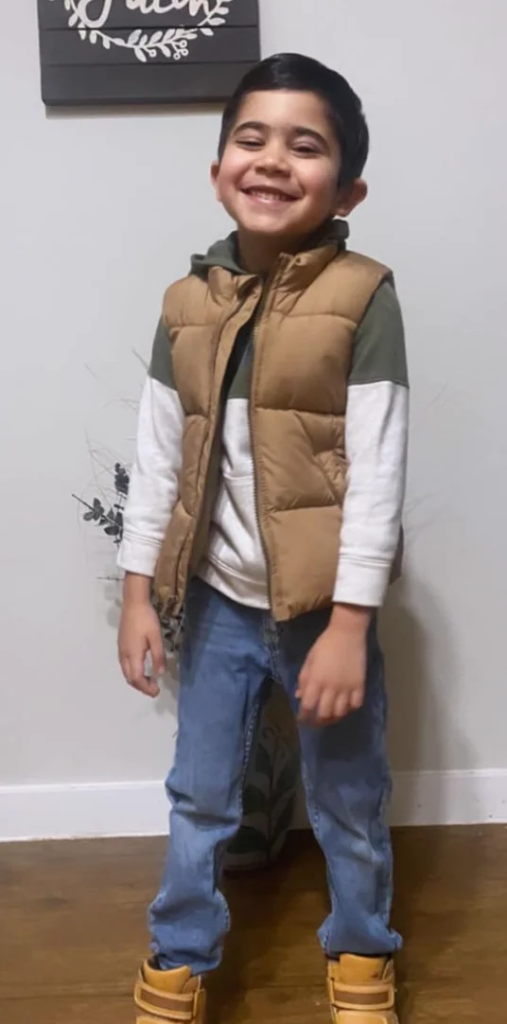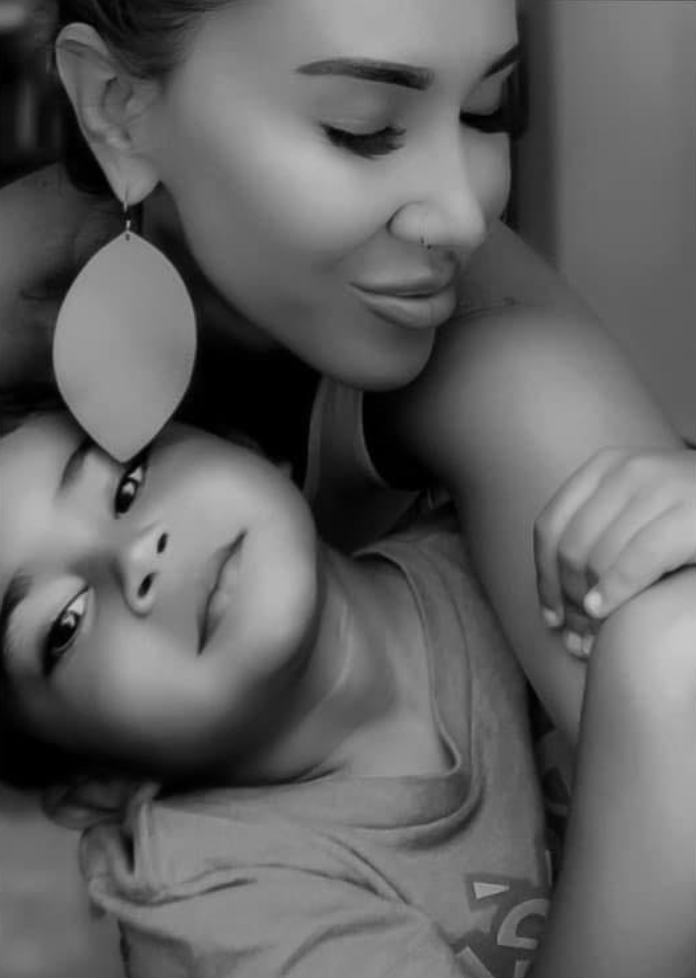If I asked you to name the strongest animal on Earth, you’d probably think of something huge and powerful like an elephant, lion, or even a bear, right? But what if I told you there’s an animal smaller than a grain of sand that can put all these mighty creatures to shame? Sounds unbelievable, doesn’t it? Well, believe it or not, it’s absolutely true! Meet the oribatid mite—a microscopic powerhouse that lifts loads that would crush even the strongest humans.
Let’s dive deeper into this tiny yet incredibly strong creature and discover exactly how it manages such amazing feats.
Meet the World’s Strongest Animal: The Oribatid Mite

Oribatid mites aren’t exactly celebrities in the animal kingdom. You probably haven’t even heard of them before today. These tiny creatures weigh less than 25 micrograms—that’s smaller and lighter than the grains of sand you casually brush off your hands at the beach. Yet, despite their minuscule size, oribatid mites pack a muscular punch that’s simply extraordinary.
Scientists have observed these microscopic creatures lifting objects up to 1,180 times their own body weight. To put this into perspective, imagine if you could lift a massive cargo ship or about 82 tons. Sounds impossible, doesn’t it? But that’s exactly the kind of strength oribatid mites exhibit daily. It’s an awe-inspiring example of nature’s hidden wonders.
Why Are Oribatid Mites So Amazingly Strong?
You might wonder, how is it even possible for something so tiny to achieve strength on this superhuman level? Well, it all boils down to some fascinating biology and physics working hand-in-hand.
Video : Meet the Tiny Mite That’s Stronger Than Superman
Incredible Muscle-to-Body Ratio
One reason oribatid mites are freakishly strong is due to their unique muscle-to-body-weight ratio. Because they don’t have heavy internal skeletons like humans or elephants, their bodies can pack in a higher percentage of pure muscle. Think of it this way: imagine a weightlifter who’s all muscle and no extra fat—that’s essentially what an oribatid mite is like, just on an incredibly microscopic scale.
The Advantage of Their Small Size
Additionally, their tiny size contributes massively to their strength. Oribatid mites have a large surface-area-to-volume ratio. This ratio allows their muscles to operate more efficiently with significantly less energy waste. Simply put, their small muscles expend far less energy moving their lightweight bodies around. The result? Extra strength to spare for lifting and carrying heavier objects.
No Internal Skeleton Means Less Weight, More Strength
Here’s another fascinating fact: oribatid mites, like most insects and arthropods, possess an external skeleton (exoskeleton) rather than internal bones. This exoskeleton provides strength and protection without the heaviness associated with internal bones. Less internal weight means more muscle space, translating directly into incredible lifting power.
Habitat and Life of the Mighty Oribatid Mite
Now, you might be curious—where exactly do these tiny champions live? Surprisingly, oribatid mites are incredibly common. In fact, they dominate many forest floors and soil ecosystems worldwide. Hidden among decaying leaves, organic matter, and damp soil, oribatid mites quietly play essential roles in maintaining ecological balance.

Beneficial Contributions to Ecosystems
Oribatids aren’t just impressive weightlifters—they’re environmental heroes too. These mites actively improve soil quality by aiding seed dispersal, breaking down organic matter, and controlling populations of harmful parasites and insect pathogens. By keeping soils healthy, they indirectly support plant growth, animal health, and even human agriculture.
Slow Growth but Long Evolutionary History
Despite their impressive strength, oribatid mites live life at a leisurely pace. They have low metabolic rates, grow slowly, and take anywhere from a few months to two full years to mature from egg to adulthood. Interestingly, their life cycle is remarkably complex, going through six distinct developmental stages—pre-larval, larval, three pupal stages, and finally adulthood.
And here’s something even more incredible: these tiny mites have likely roamed Earth’s soils for 300 to 400 million years. That means oribatids have outlasted dinosaurs, ice ages, and countless other species, quietly thriving and evolving beneath our feet.
What Can We Learn from Oribatid Mites?
Beyond their awe-inspiring strength and resilience, oribatid mites offer us powerful lessons about adaptation and efficiency. They demonstrate vividly that size doesn’t always correlate with power or importance. Their success in nature results from perfect adaptations to their environment, optimized anatomy, and the efficiency of their muscles.
Video : Oribatid mite (Acari: Cryptostigmata) from soil at Ibaraki Prefecture, Japan
Think about it—what if humans could mimic even a fraction of this efficiency? We’re always looking to build stronger yet lighter materials, more powerful yet smaller machinery. The oribatid mite, tiny as it is, might just provide inspiration for future advancements in technology, engineering, and biomechanics.
Conclusion: Celebrating the Tiny Giant of the Animal World
So, the next time you think about powerful creatures, don’t limit yourself to elephants, gorillas, or lions. Remember the astonishing oribatid mite, a tiny animal no bigger than a grain of sand, capable of lifting unimaginable weight relative to its body size.
These mites remind us vividly that power isn’t always about size or strength that you can easily see. Sometimes, real strength is hidden in the smallest creatures on Earth, patiently living beneath our notice. Isn’t that fascinating? Nature truly never stops surprising us.
From their exceptional strength to their important ecological roles, oribatid mites are remarkable creatures deserving more recognition. Let’s celebrate these tiny yet powerful champions that teach us valuable lessons about strength, efficiency, and adaptation.
Next time you stroll through a forest, take a moment to consider the microscopic miracles happening beneath your feet—you just might be walking above the strongest animals on the planet!
Tragic: 7-Year-Old Boy Found Dead After Hurricane Helene — His Heartbreaking Final Words Disclosed
Following the devastation caused by Hurricane Helene, many lives were tragically lost, including those of a young boy and his grandparents. The child’s aunt shared the heartbreaking details in an emotional online post.
According to a recent CBS News report, Hurricane Helene has claimed at least 135 lives, with the Carolinas bearing the brunt of the storm’s destruction. Officials have confirmed that over 80 people were found dead in those states.
One of the most devastating stories reported involved a mother, her son, and her parents, who became stranded on the roof of a house in Ashville, North Carolina. As the floodwaters rose, Megan Drye watched in horror as her 7-year-old son, Micah, and her parents were swept away after the house collapsed.

Though Megan was rescued, her son and parents were not as fortunate. Her sister, Jessica Drye Turner, took to Facebook to share the pain the family is experiencing.
In her post, dated September 30, Jessica opened up about the emotional struggle she faces in accepting the loss of both her parents and her nephew.
She shared, “I feel a strange sense of peace, knowing we will see them again one day. Nothing could bring them back after being with Jesus.”
Jessica went on to reflect on the peace she believes her parents now feel, free from the fear and panic of their final moments. However, she acknowledged the immense burden Megan carries. “It breaks my heart that Megan has to live with these memories, but they are no longer suffering […] It’s going to be a long and difficult journey for Megan,” Jessica wrote.

She also mentioned the challenges that lie ahead for her and their other sister, Heather Kephart. Turning her attention to her nephew, Jessica revealed, “Micah’s body was found about a quarter of a mile from where Megan was rescued […] He was such a beautiful little boy, and he always dreamed of being a superhero. Now, he is.”
Jessica then shared the heartbreaking detail of Micah’s last words, “Before he was swept away, he cried out, ‘Jesus! Please help me!’” She ended her post with a message of faith and strength, “I still call on His name, through this new grief. Strong faith. That’s my new motto.”
In addition to sharing her thoughts on the grief experienced by herself, Megan, and Heather, Jessica also provided a detailed recount of the terrifying moments her sister, nephew, and parents endured during the height of the storm.

Jessica revealed that Megan, who had been swept away by the floodwaters and became stuck between two trailers, was left waiting for three agonizing hours before finally being rescued.
Like Jessica, Heather’s friend Amanda Sprouse Simpkins also took to Facebook to share the heartbreaking news.
In her post, Amanda pleaded with her followers, saying, “Please pray for Megan, Jessica Drye Turner, Heather, and their entire family. The loss Megan has suffered is beyond words. She has lost everything. If you feel compelled to help, please donate. If you can’t, please keep them in your prayers.”
Amanda’s request for donations refers to the GoFundMe page that Heather set up for her sister.
“For Megan Drye, our miracle, who has faced a mother’s worst nightmare. She has survived the unimaginable but lost everything. The support of others will help her keep going, one breath, one step, and one day at a time,” reads part of the GoFundMe page’s description.
Adding to the heartbreak, Heather chose to use the last photo Micah’s grandmother had taken of him for the GoFundMe page. In the image, Micah is wearing a Jurassic World T-shirt, smiling brightly, while his grandmother is reflected in the door as she takes the picture.

Our deepest condolences go out to Micah’s mother, aunts, and the rest of the family as they grieve such a tragic loss.
Hurricane Helene’s aftermath continues to wreak havoc across several states, despite efforts to mitigate the storm’s impact. One such measure involved the closure of 15 schools across Georgia, as reported on September 26.
As Florida’s capital prepared for the impact of a powerful hurricane, one the region hadn’t seen in over a century, residents were strongly advised to brace themselves for the worst.
According to the BBC, Hurricane Helene, initially classified as a category 1 storm, was expected to escalate quickly into a category 4 by the time it made landfall in Florida. The official forecasts described the potential consequences as “catastrophic,” “life-threatening,” and “unimaginable.”



Leave a Reply